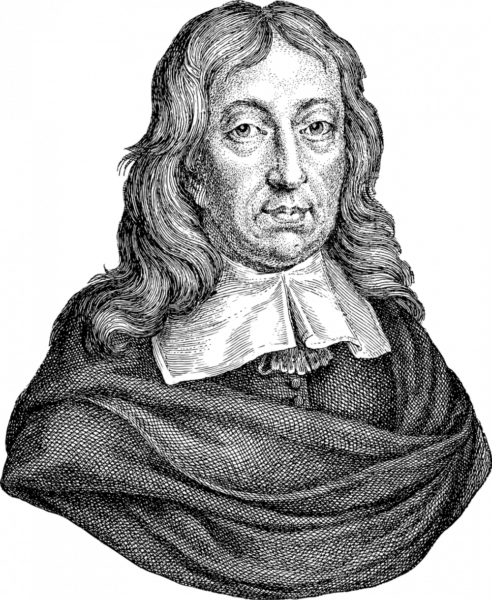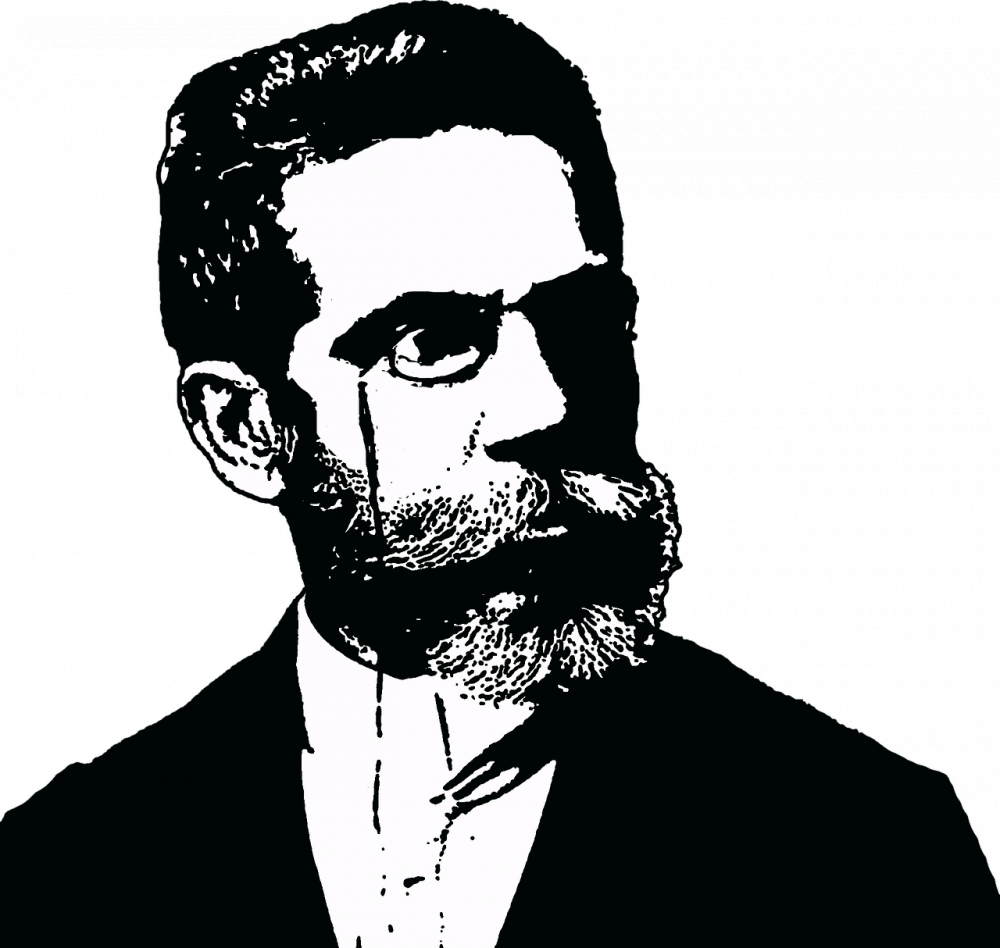The Raven by Edgar Allan Poe: A Historical and Analytical Perspective

Introduction
“The Raven” by Edgar Allan Poe is one of the most renowned and celebrated poems in literary history. It was first published in 1845 and has since captivated readers around the world with its dark and haunting tale. This article aims to provide a comprehensive understanding of “The Raven” for those interested in exploring this literary masterpiece.
Primer on “The Raven”

“The Raven” tells the story of a man who is visited by a talking raven late at night, while mourning the loss of his love, Lenore. The poem explores themes of grief, loss, and the unraveling of the narrator’s fragile sanity. With its eerie atmosphere, vivid imagery, and complex symbolism, “The Raven” continues to intrigue and bewilder readers to this day.
Historical Evolution of “The Raven”
Since its initial publication, “The Raven” has undergone various interpretations and adaptations across different mediums. Its popularity skyrocketed shortly after its release, gaining widespread recognition and critical acclaim. Poe’s masterful use of language and his exploration of the human psyche captured the imagination of countless readers.
Over time, “The Raven” continued to influence both the literary and cultural landscapes. It has been referenced in countless works of literature, music, film, and art. Its impact can still be felt in contemporary pop culture, proving its enduring relevance.
Analyzing the Poem
“The Raven” can be analyzed from various perspectives, including its structure, symbolism, and themes. Poe’s use of internal rhyme and repetition creates a musical quality that adds to the poem’s ominous tone. The raven itself serves as a symbol of death and the narrator’s descent into madness.
The poem also delves into themes of loss, mourning, and the gnawing presence of the past. The narrator’s fixation on the raven and his inability to move on from his grief showcase the destructive power of mourning and the human psyche’s vulnerability.
Furthermore, “The Raven” raises questions about the nature of reality and perception. The raven’s repeated refrain of “nevermore” hints at the narrator’s inability to escape his own thoughts and his descent into a distorted reality.
Impact and Legacy
“The Raven” has left an indelible mark on the literary world. Its gothic atmosphere, psychological depth, and masterful use of language have inspired countless writers and artists. Its influence extends to various forms of art, including film, music, and even fashion.
[Insert Video Here]
Conclusion
“The Raven” by Edgar Allan Poe remains a literary masterpiece that continues to captivate readers with its haunting story and profound themes. Its historical significance, enduring popularity, and timeless appeal make it a must-read for any lover of literature. Through its exploration of grief, loss, and a fragmented psyche, “The Raven” reveals the complexity of the human condition and Poe’s unparalleled mastery of the written word.
References:
– Poe, Edgar Allan. “The Raven.” Published 1845.
Bulletpoints:
– Introduction to “The Raven” by Edgar Allan Poe
– Historical evolution and impact of “The Raven”
– Analysis of the poem’s structure, symbolism, and themes
– The raven as a symbol of death and madness
– Themes of loss, mourning, and the power of the past
– Exploration of reality and perception
– Cultural impact and legacy of “The Raven”
(Targeting: Art enthusiasts and collectors; Tone of voice: Informative)
FAQ
How has The Raven impacted popular culture?
What are the main themes explored in The Raven?
What is the historical significance of The Raven by Edgar Allan Poe?
Flere Nyheder
Erhvervsfotografering i Aalborg: God for forretningen
Introduction “The Raven” by Edgar Allan Poe is one of the most renowned and celebrated poems in literary history. It was first published in 1845 and has since captivated readers around the world with its dark and haunting tale. This artic...
01 juni 2025
Galleri Nordjylland: Kunsten i Hjertet af Vendsyssel
Introduction “The Raven” by Edgar Allan Poe is one of the most renowned and celebrated poems in literary history. It was first published in 1845 and has since captivated readers around the world with its dark and haunting tale. This artic...
04 november 2024
Erhvervsfotograf – Din nøgle til professionelt visuelt indhold
Introduction “The Raven” by Edgar Allan Poe is one of the most renowned and celebrated poems in literary history. It was first published in 1845 and has since captivated readers around the world with its dark and haunting tale. This artic...
14 marts 2024
Plakater til mor: Den perfekte gave er hylder kærlighed og taknemmelighed
Introduction “The Raven” by Edgar Allan Poe is one of the most renowned and celebrated poems in literary history. It was first published in 1845 and has since captivated readers around the world with its dark and haunting tale. This artic...
06 marts 2024











